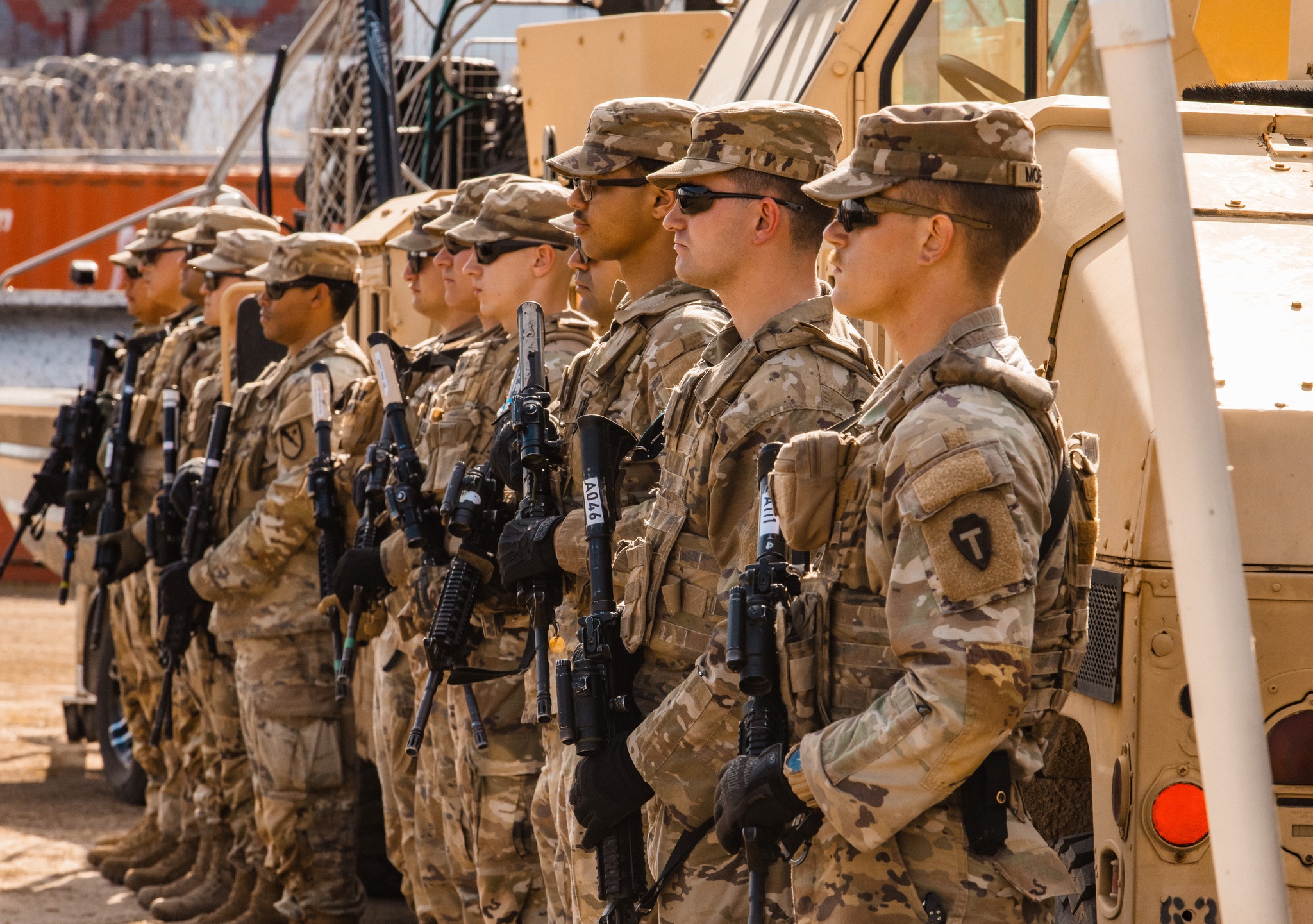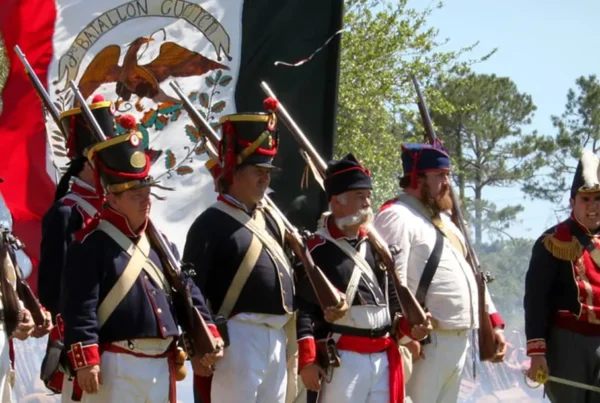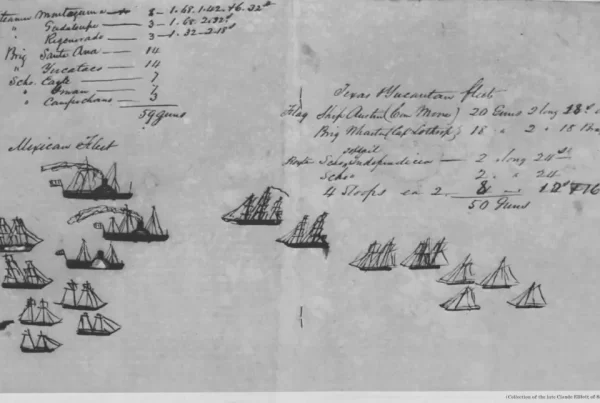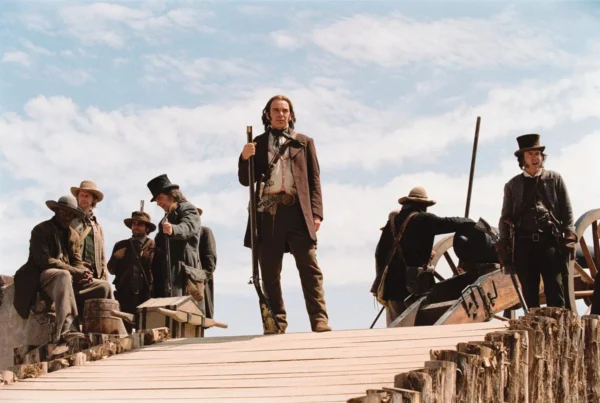Overview
The Texas Military consists of two major service branches, the Texas Army National Guard and Texas Air National Guard, which are considered hybrid state-federal organizations.
These forces serve as reserve and auxiliary units under the United States Army and Air Force, and can be called into national service in times of crisis or war. They receive funding, training, and equipment from the U.S. government.
A third all-volunteer branch of the Texas military, the State Guard, is exclusively state-run and was created to serve locally if National Guard units are deployed elsewhere.
When not in service, the personnel that comprise the Texas National and State Guard units live and work in civilian communities, not on military bases. The majority of guardsmen and airmen hold a civilian job full-time. They gather periodically for scheduled training activities but may be called into active service at any time.
Dual State-Federal Role
Constitutionally, the governor is the commander-in-chief of the Texas military forces, except if the U.S. president calls the National Guard into federal service. In that case, the governor’s authority over those forces is suspended.
During peacetime, National Guard and State Guard units can be called upon by the state governor to respond to natural disasters and other emergencies. In recent years, Texas National Guard have also been deployed to the Texas-Mexico border to enhance border security in cooperation with U.S. Border Patrol.

Legally and historically, the state’s military forces are called the “state militia,” a term that encompasses all three branches (Army National Guard, Air National Guard, and State Guard). These forces are organized under the Texas Military Department, which is commanded by an adjutant general appointed by the governor.
In total, the Texas military is composed of approximately 25,000 service members, in addition to more than 600 civilian employees.
The Texas Military Department is headquartered in Camp Mabry in Austin, a 375-acre camp originally established in 1892. The camp is also home to a museum about the Texas military.
The Texas Military Department is funded through a combination of federal funds, state general revenue, interagency contracts, grants, and appropriated receipts
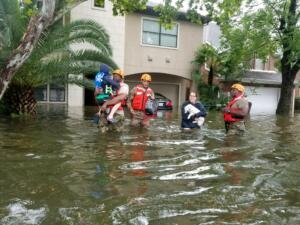
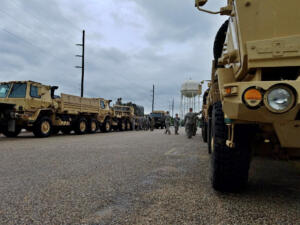
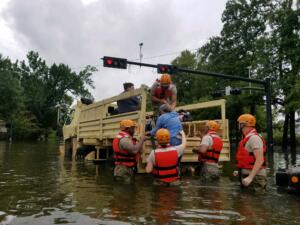

In the event of a disaster declaration the Texas military may receive additional state and/or federal funds for the specific mission. For example, in recent years the state legislature has appropriated additional funding for a controversial border security mission, known as Operation Lone Star.
Texas Army National Guard

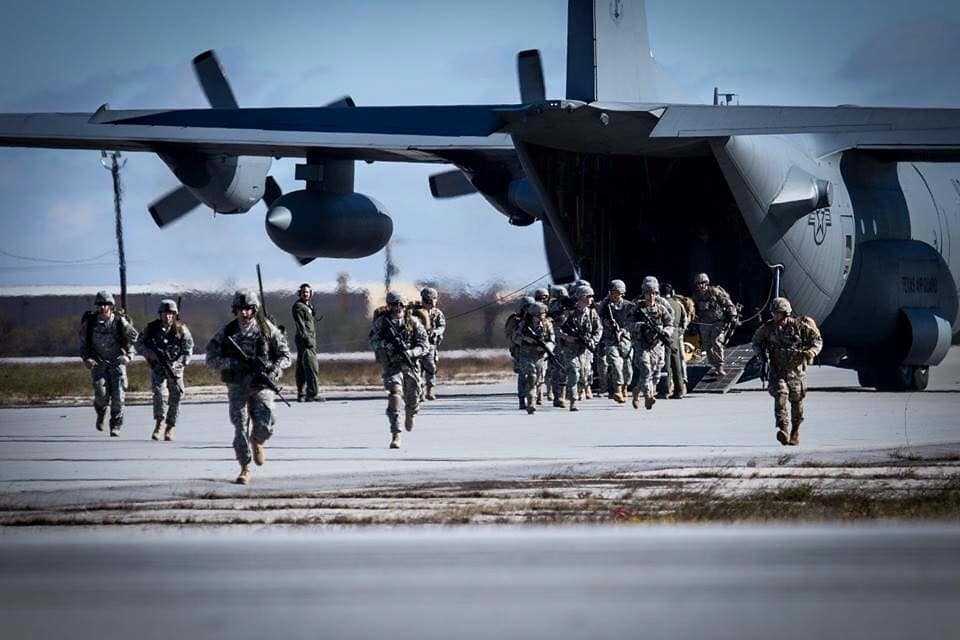
The Texas Army National Guard is composed of approximately 19,000 soldiers, and maintains more than 100 armories in communities throughout Texas.
The major units of the Texas Army National Guard are the 36th Infantry Division, 56th Infantry Brigade Combat Team, 72nd Infantry Brigade Combat Team, 36th Combat Aviation Brigade, 71st Battlefield Surveillance Brigade, 36th Sustainment Brigade, 176th Engineer Brigade, 136th Maneuver Enhancement Brigade, 136th Expeditionary Signal Battalion, and the 136th Regiment (CA) (RTI).

The Army National Guard units in Texas operate a variety of equipment, including:
- 12 AH-64D Apaches
- 6 UH-72A Lakotas
- 25 UH-60 Blackhawks
- 7 CH-47 Chinooks
- 1 C12 Huron
- 8 RQ-7 Shadows
- 29 M1A1 Abrams
- 18 Bradley Armored Carrier Fighting Vehicles
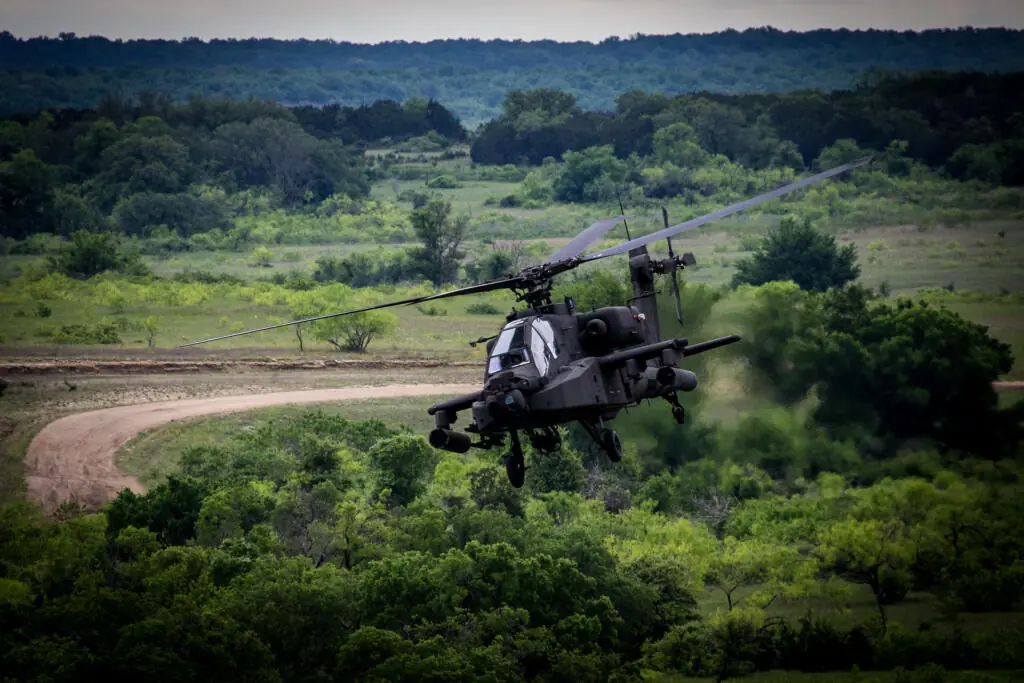
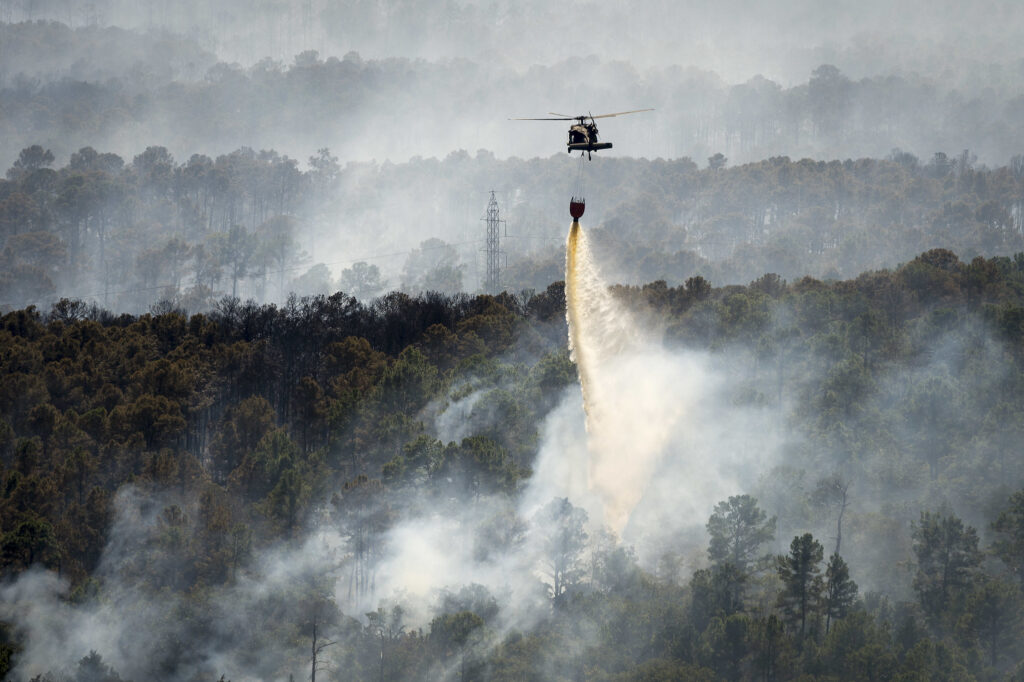
Texas Air National Guard
The Texas Air National Guard consists of approximately 3,300 citizen-airmen and women. These troops are organized into three flying wings and three squadrons.
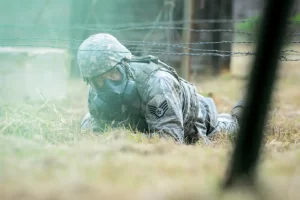
The Texas Air National Guard is home to three flying wings, each of which operates a different type of combat aircraft procured by the U.S. military:
- the 136th Airlift Wing in Fort Worth operates the C-130 Hercules transport plane;
- the 147th Attack Wing in Houston operates the MQ-9 reaper drone;
- the 149th Fighter Wing in San Antonio operates the F-16 Falcon fighter jet.

Additionally, Texas also has three geographically separated squadrons with unique specializations: the 203rd Ground Combat Training Squadron and 204th Security Forces Squadron In El Paso, 209th Weather Flight in Austin, and the 254th Combat Communications Group in Dallas.
Texas State Guard
The Texas State Guard is an all-volunteer organization that support in-state missions such as disaster response and community service activities. It has about 1,800 members.
Unlike the National and Air Guard, the State Guard is under full control of the governor and adjutant general and cannot be deployed overseas under U.S. command.
Joining the State Guard is a much lower commitment than joining that National Guard or Air Guard because members have no formal service commitment.
Unlike National Guard troops, State Guard are not salaried but receive only a daily stipend for training or during emergency activations. Additionally, State Guard must purchase their own uniforms, patches, and rank insignia.
The State Guard were established in 1941 at a time when many National Guard units had been called up and mobilized into national service.
Federal Military Bases in Texas
In addition to its approximately 20,000 state troops (National Guard), Texas is home to about 70,000 U.S. Army personnel, 30,000 Air Force troops, and 8,000 Navy and Marines.
The U.S. Department of Defense maintains 14 bases throughout Texas, covering more than 1.4 million acres of land.
Fort Hood, one of the largest military bases in the world, is located near Killeen and is home to the U.S. Army’s III Corps and First Cavalry Division. This base plays a critical role in training, preparing troops for deployment, and offering a variety of support operations.

Another major military installation in Texas is Joint Base San Antonio (JBSA), which includes Lackland Air Force Base, Fort Sam Houston, and Randolph Air Force Base. JBSA is a hub for Air Force basic training, medical training, and advanced aerospace operations, as well as a key component of the U.S. Army’s medical training. This joint base also provides a platform for research, development, and joint operations involving multiple branches of the military.
Additionally, the U.S. Navy maintains two bases in Texas, Naval Air Station Corpus Christi and Naval Air Station Kingsville, which are used primarily for aviation training.
